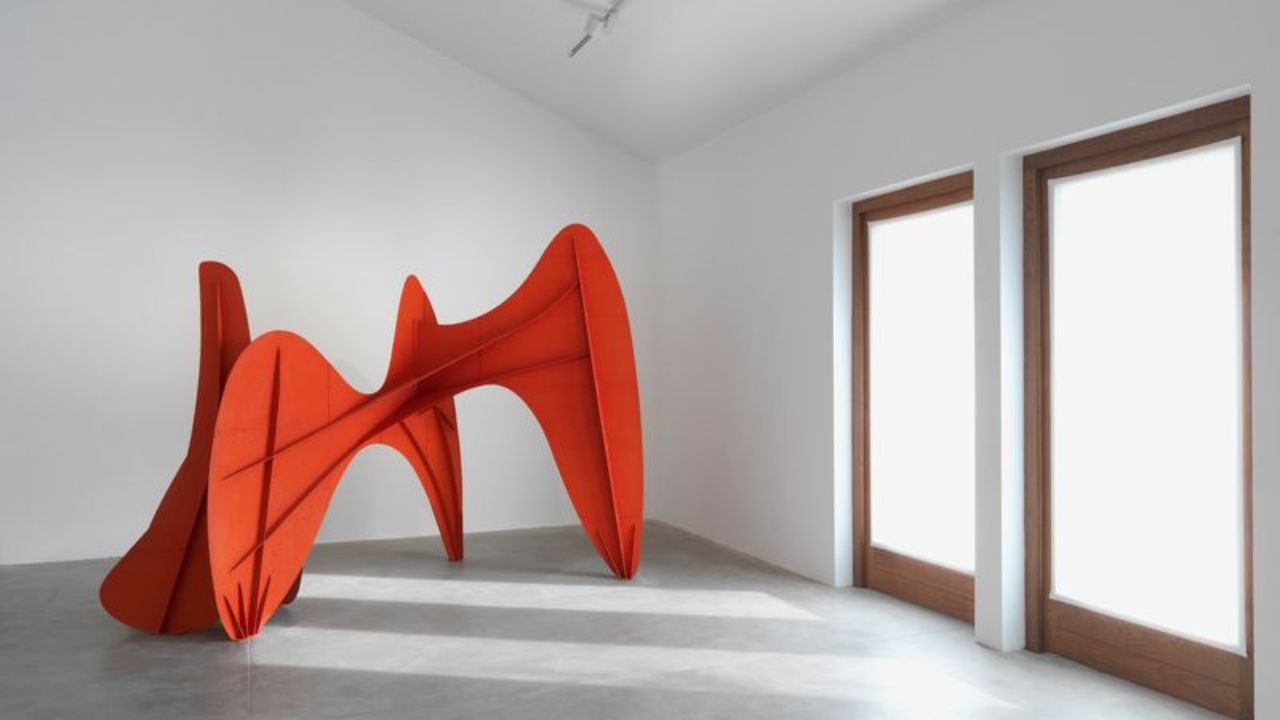The Timeless Appeal of Alexander Calder Tubes EA
Alexander Calder’s art is a timeless celebration of movement, form, and imagination. Among his many iconic creations, the Alexander Calder Tubes EA stands as a testament to his genius in blending kinetic art with the exploration of materiality. This masterpiece embodies his vision of art transcending the static to embrace life’s dynamism.
Alexander Calder: A Visionary in Motion
Alexander Calder revolutionized 20th-century art with his kinetic sculptures, also known as mobiles. His exploration of movement brought a new dimension to sculpture. Unlike traditional works that remained fixed in form, Calder’s creations, including Tubes EA, move with air currents or mechanical systems, infusing the artwork with life.
Calder’s innovative use of materials such as wire, sheet metal, and even industrial tubing was groundbreaking. His ability to elevate ordinary materials into extraordinary art pieces continues to inspire artists today.
Unpacking Alexander Calder Tubes EA
The Tubes EA is a sculpture that exemplifies Calder’s brilliance in integrating engineering with artistry. Its tubular components interact with their surroundings, reflecting Calder’s fascination with balance and movement. Crafted meticulously, the piece challenges viewers to consider how art can harmonize with its environment.
What Makes Tubes EA Unique?
- Material Innovation: Calder’s choice of industrial tubes was unconventional for his era. He transformed utilitarian objects into abstract forms.
- Dynamic Interaction: Like many of Calder’s works, Tubes EA responds to subtle environmental changes, making every viewer’s experience unique.
- Aesthetic Simplicity: Its clean lines and minimalist design make it a modern classic.
Kinetic Art: Calder’s Legacy
The Tubes EA is part of Calder’s larger contribution to kinetic art, where motion plays a central role. His mobiles and stabiles redefined what sculpture could achieve. By incorporating movement, he invited audiences to see art as evolving rather than static.
Art Meets Engineering
Calder’s early training in mechanical engineering significantly influenced his art. This technical foundation allowed him to create works like Tubes EA with precise balance and dynamic stability. His understanding of mechanics is evident in the seamless interaction between his sculptures and their environments.
Symbolism in Alexander Calder Tubes EA
The tubular forms in Tubes EA may evoke industrial progress, nature’s organic flow, or the interconnectedness of life. Calder often left his works open to interpretation, allowing each viewer to bring personal meaning to the experience.
The Lasting Impact of Tubes EA
Calder’s work, including Tubes EA, remains influential in contemporary art and design. His ability to merge abstract forms with motion has inspired countless modern artists, architects, and designers to experiment with kinetic elements.
Conclusion
The Alexander Calder Tubes EA is a captivating example of how art and science can intertwine to create something truly extraordinary. Calder’s legacy of innovation, motion, and material exploration continues to inspire and captivate audiences worldwide. Through works like Tubes EA, he invites us to see art as a living, breathing entity—constantly in motion and forever evolving.
FAQs
What is Alexander Calder Tubes EA?
It is a kinetic sculpture by Alexander Calder that showcases his innovative use of industrial materials and dynamic movement in art.
How does Tubes EA represent kinetic art?
Tubes EA embodies kinetic art by incorporating motion, either through mechanical means or environmental interaction, creating a dynamic visual experience.
Why is Alexander Calder considered a pioneer of kinetic sculpture?
Calder’s groundbreaking mobiles and stabiles introduced motion into sculpture, challenging traditional notions of static art and redefining artistic expression.
What materials did Calder use in Tubes EA?
Calder used industrial tubes, metal, and other durable materials to craft Tubes EA, reflecting his innovative approach to materiality.
What inspired Calder’s kinetic sculptures?
Calder’s training in engineering and his fascination with movement and balance inspired his exploration of kinetic art.
Where can I see Alexander Calder Tubes EA?
Check major art museums or galleries featuring Calder’s works, as Tubes EA may be part of traveling exhibitions or permanent collections.







